The use of house value (as defined by rateable value) as an indicator of cumulative wealth in older people: a study using the Northern Ireland Mortality study.
There has been relatively little research into health inequalities in older populations. This may be partly explained by the difficulty in identifying appropriate indicators of socio-economic status for older people. Ideally, indicators of socio-economic status to be used in studies of health inequalities in older populations should incorporate some measure of life-time socio-economic standing, and house value may fill this role. This study uses recently available data on the rateable value of properties in Northern Ireland which can been linked to the NILS mortality study and examines whether an indicator of accumulated wealth based on a combination of housing tenure and house value is a strong predictor of ill-health in older populations.












